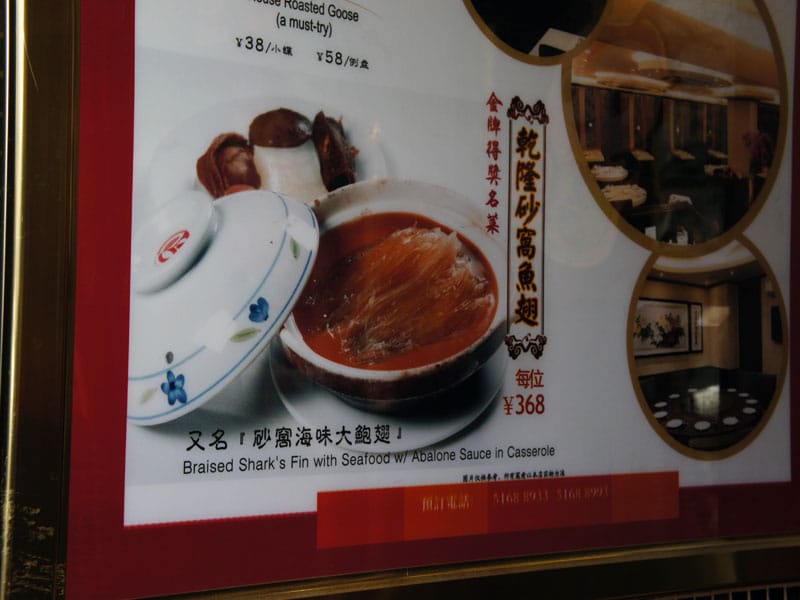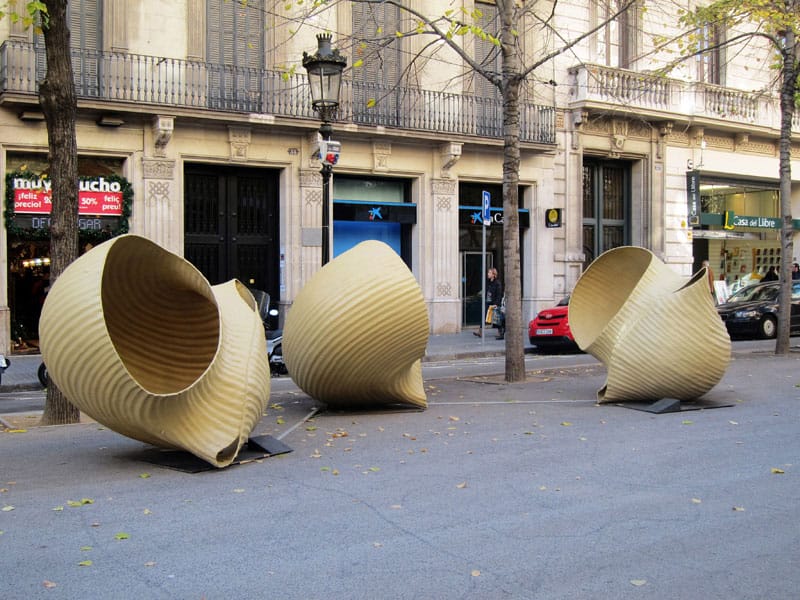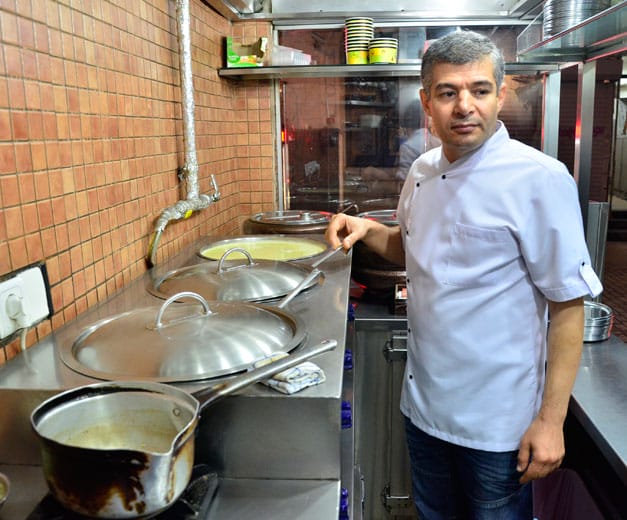Dear Culinary Backstreets,
I’ve been hearing a lot about shark fin soup in the news lately, from countries banning the dish to people protesting government intervention. What’s all the fuss about?
Imagine a wedding without Champagne. No popping corks, no celebratory toasts, no drunkenly giddy bridesmaids. Sounds like a nightmare, right? Shark fin soup is the Chinese equivalent of bubbly – only fermenting grapes has little effect on the environment, while the practice of “finning” has seriously jeopardized the survival of some species of this ancient fish. To harvest the goods, fisherman chop off a shark’s fins, then dump the still-living creature back into the water. Without its fins, the shark cannot swim and either sinks to the bottom of the ocean, where it drowns, or is eaten alive by other predators.
While a number of different species of shark are killed for their fins, larger sharks net larger price tags. The hammerhead shark is one of the most desired – and consequently one of the most endangered. As a result of the rising demand for shark fin in recent years, a third of the world’s shark species are now threatened with extinction.
With that damning reputation following the delicacy around, most people who haven’t tried it assume that the soup must taste pretty darn good to warrant destroying an ecosystem for a mere slurp. It doesn’t – it tastes like nothing. People eat shark fin solely for the texture – a “squeaky” bite that falls somewhere in between gelatinous and crunchy – and for the chance to flaunt their wealth at weddings, banquets and other important functions. In China, diners may pay $100 or more for a bowl of the soup at a nice restaurant.
The real flavor of the soup comes from the broth, usually chicken broth simmered for hours with Chinese ham and darkened with soy sauce, and that part of the dish is savory and delicious. In a brilliant short documentary on Asian demand for the delicacy, British celebrity chef Gordon Ramsay samples some of Taiwan’s best shark fin soup and comments that “the one item that is spoiling [the dish] is the shark fin.”
That fact hasn’t stopped restaurants from serving the soup since the Ming Dynasty (1368-1644), when it first became popular. Some date the tradition of making the soup even further back, to the Song Dynasty (960-1279), starting at the emperor’s dining table. However, some historians debate whether or not this “history” is just good branding on the part of the Chinese restaurant industry, as it attempts to attach cultural significance to a dish that was never widely eaten by most people during Imperial China. And while Traditional Chinese Medicine makes the claim that there are health benefits to be gained from eating shark fin soup, including increased sexual prowess, none have been scientifically proven. Indeed, some research has even shown that eating too much of mercury-heavy large fish like sharks can lead to sterility in men.
As the environmental effects of overhunting the ocean’s most evolved predator have become apparent, animal-rights and environmental groups have been making headway in China – the world’s largest consumer of shark fin soup – through consumer outlets and celebrity advocacy. Disneyland Hong Kong became the happiest place on earth for sharks when they banned the soup from their grounds in 2005. The next year, former NBA superstar and Shanghai hometown hero Yao Ming came out against eating the soup, and in 2009, he partnered with WildAid in a bilingual PSA condemning the consumption of shark fin (English version here), making it officially trendy to just say no to the soup. In 2010, South Beauty, one of China’s most famous restaurant chains and wedding banquet locations, with 18 outlets in Shanghai, took the dish off its menu. Since then, the prestigious Peninsula Hotels chain has taken shark fin off all its hotel menus, followed by the Shangri-La, JW Marriott, Accor and Starwood.
Although governments from Canada to Malaysia have had some form of ban on the soup or the practice of finning for years, China only dipped its toe into the regulatory waters in 2012. Partially under the guise of a government austerity campaign aimed at quelling public ire over the conspicuous consumption of party officials, the government announced a ban on shark fin soup at government banquets, but the full implementation of the ban will take up to three years.
Popular opinion is starting to change, too. Faux shark fin soup is available as an alternative to eating the real thing. Since the shark fin adds little (if any) flavor to the broth, it’s not difficult for chefs to replicate the texture using pork gelatin, vegetarian products like soy, or other, non-endangered, seafood. Meanwhile, sales of shark fin soup in Beijing and Shanghai were down by 70% during this Chinese New Year, according to reports by China’s Ministry of Commerce.
While governments can enforce bans on fishing and imports, fishermen and restaurateurs are still fetching record prices for shark fin. In short, the most effective way to prevent the endangerment of this edible status symbol is to change public opinion and cut off demand at the source: the diner. – Jamie Barys
Published on March 19, 2013
Related stories
December 18, 2012
Barcelona | By Johanna Bailey
BarcelonaDear Culinary Backstreets, I’ll be in Spain during the December holidays and I’m wondering if Barcelonans eat any special meal on Christmas? If so, what is it and where in the city could I try it? As you wander through the streets of Barcelona during the holiday season, you may be puzzled to see giant…
February 28, 2024
Food Tours NDQuick Bite: This full-day Istanbul market tour draws from our best-of list in the European side’s Karaköy neighborhood and the Asian Kadıköy, tied together by a Bosphorus crossing, visiting two markets on two continents. Our favorite Istanbul experiences include exploring the eateries in local markets and crossing the Bosphorus on the public ferry. The route for…
January 18, 2024
Istanbul | By Joel Zorrilla
IstanbulEditor's note: It's Soup Week at Culinary Backstreets, and to kick things off, our Istanbul correspondent takes us to an eatery in Beyoğlu whose hearty broths refuel late-night revelers and daytime workers alike. Most of Murat Kelle Paça’s clientele stumble in between 1 and 5 o’clock in the morning, after a boisterous night of drinking, concert-going…
















































































